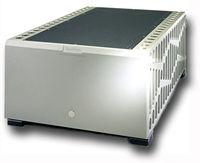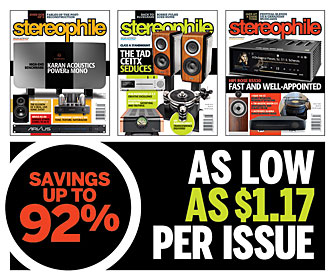| Columns Retired Columns & Blogs |
LATEST ADDITIONS
|
Sep 06, 1998 |
80 comments
Some folks like headphones for the privacy, others for the sound. How often do you go for "cans" instead of speakers?
How often do you listen to your music through headphones?
All the time
1% (3 votes)
Most of the time
10% (22 votes)
Once in a while
32% (69 votes)
Rarely
22% (49 votes)
Never
21% (47 votes)
Plan to get a set and start soon
2% (5 votes)
Special projects only (like live recording)
4% (9 votes)
While traveling
7% (15 votes)
Total votes: 219
|
Aug 30, 1998 |
0 comments
Audio has always hosted a large Do-It-Yourself market. Folks build everything from components to wire to speaker systems. Has the DIY bug bitten you?
Have you ever built an audio component, cabling, or speaker for your system?
Yes, most of my system is DIY
7% (11 votes)
Yes, a couple of things are DIY
40% (66 votes)
Yes, one part of my system is DIY
18% (30 votes)
Never built anything audio
27% (45 votes)
Plan to build something audio
9% (15 votes)
Total votes: 167





